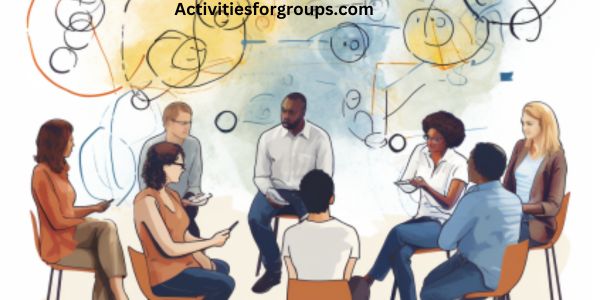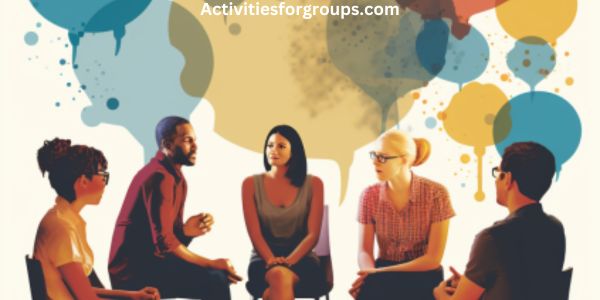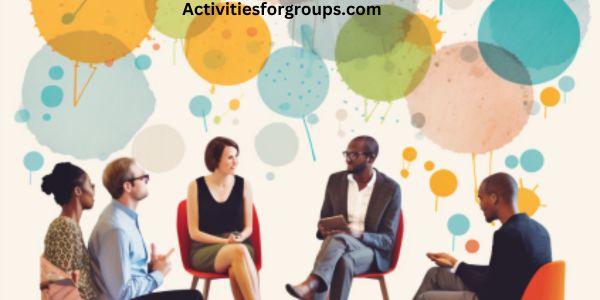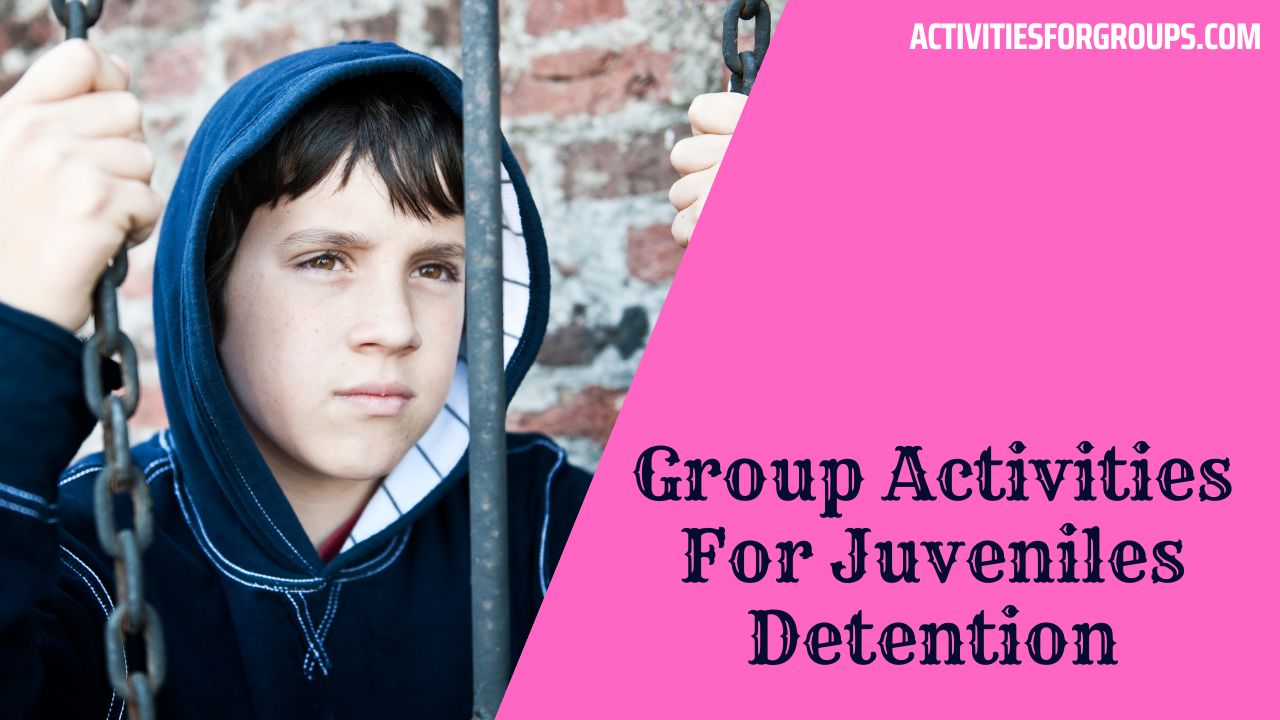The word “unconscious bias” refers to the associations we have that are not within our conscious control or awareness. Our brain makes snap judgments and assessments automatically.

This creates an imaginary image of a person in our brain which is very tough to wipe out. To overcome this subconscious bias, group activities are the best way.
We have listed down a few best group activities for unconscious bias which will help you to make your workplace healthy. Give it a read!
What Are The 3 Types Of Unconscious Bias?
Our subconscious minds make innumerable biases. These three biases are very common and we do this unconsciously every day.
- Attribution Bias: It is the habit of blaming a person’s behavior on their personality rather than any external circumstances. It causes people to overvalue others’ personality features and underestimate the impact of their personal circumstances.
- Beauty Bias: The notion that an individual is privileged simply because they are beautiful, attractive, or good-looking is known as the “beauty bias”. People frequently put appearance before abilities and personality.
- Conformity Bias: It occurs when we change our habits to fit into a group to feel a sense of belonging. Subconsciously we try hard to change our behavior without thinking about whether it’s right or wrong.
15 Group Activities For Unconscious Bias

Tackling unconscious bias is super tough because you get clueless. But when you do it with your group, the process becomes easier. That’s why we have put group activities for unconscious bias altogether for your help.
- Tag Game
Spin Master Games Tag Someone Who
On their upper bodies, players in this game carry a variety of badges in various hues, forms, and sizes. The group is then urged to divide into smaller groups.
Once the groups are established, tell the participants to split up and create new groups four to six more times. Instead of pairing up with close people, ask them to form a group with different people having no ties and solve the puzzle.
- Trust
Write the names of ten people you can trust who is not related to you for each participant. The host then yells out a number of classifications and categories, such as age, gender, way of speaking, native language, profession, race, and so forth, in addition to each group.
Each participant checks the box next to each person on the list who possesses that characteristic. The group is then urged to evaluate their list and talk about it with the remainder of the group after that.
- Speak Out
Give a flip chart to each participant after dividing your participants into smaller groups. Provide them with three minutes to comment on various forms of bias and possible preventative measures.
Move them to another bias in a clockwise direction and have them add to it after three minutes. Before presenting their bias in front of the group, ask them to go back to their original flip chart and summarize it for a short while.
- Cultural Shock
This brief, no-prop exercise succinctly demonstrates how preconceptions affect interactions with those around us. In the activity, three groups are requested to engage and communicate with one another in a specific way. Chaos results, in creating a rich masterpiece of experiences for people to share, interpret and reflect on.
- Bank Robbery
The facts presented in this team-based challenge will typically be incorporated by group members’ assumptions and riddles will be solved. Finding the bank robber is your group’s goal, but it’s obviously not who they think it was. Once more, bias has a significant impact on the group’s decision-making processes.
- Uncomfortable Talks
Here, all the members will sit and talk about the first uncomfortable assumption and action they had when they first saw each other. Later on, others will give clarification. This will help to solve internal issues and build good interpersonal communication.
- Little Positivity
Every person has flaws and unique qualities too which make them stand out. Members will sit in a circle. Afterward, sequentially they will come forward and point out one good quality they like about each other. This will change people’s perceptions and look at the brighter side of that person.
- Ground Rules
Make rules for everything. Let everyone have equal speaking time and equal authority in decision-making. Combining everyone’s solution, reach a consensus. Set rules and limitations for everyone.
- Know thyself
Everyone will talk about a few biases which make them prioritize others. After the discussion, everyone will be able to identify the biases they make unconsciously and work on them.
- Accountability
Everyone will keep a check on their daily activities and will note down the unconscious biases they made during the day. After they are done with notes, they will discuss them with each other.
- Changes
Ask everyone to talk about one bias they noticed in others and find it derogatory. Afterward, they will talk about possible solutions to overcome that bias because changes begin with you.
- Cooperation
Group members will pair up with someone they don’t know. Later on, they will try to help each other in every activity of that day. This will make the bonding stronger.
- Test
Everyone will take the Implicit Association Test. This will help them to find out their unconscious bias. After that, they will share with others and they will come up with solutions to tackle that problem.
- Treasure Hunt
People will be given a list and they will put a tick beside the names of people they don’t want to include in their team. A team will be formed with those people and they will participate in the traditional treasure hunt. It will help to get rid of their preconceived perception.
- Safe Place
Create a space where people from minority groups may come together to talk about their experiences valued and appreciated at work. By planning occasions and activities that encourage members to get to know one another better, it can also assist in eliminating misconceptions.
How Do You Facilitate Unconscious Bias Training?

Unconscious bias training will require the willing participation of people. Otherwise, it will go in vain because they can change only if they want to change. In order to facilitate unconscious bias training, you can try these methods!
How Would You Mitigate Unconscious Bias In A Team?
If unconscious bias prevails in a team, the team can never give its 100%. They won’t be able to coordinate. To ensure a sound working environment, it’s necessary to abolish unconscious bias. You can use the following approach to mitigate unconscious bias.
Verdict
Without a person being aware of it, unconscious biases might affect their judgment.
By engaging in group activities for unconscious bias, individuals can become more aware of their own unconscious biases and lessen how those prejudices affect how they interact with others.
Try these activities! Make this world a better place for yourself and others!






Leave a Reply